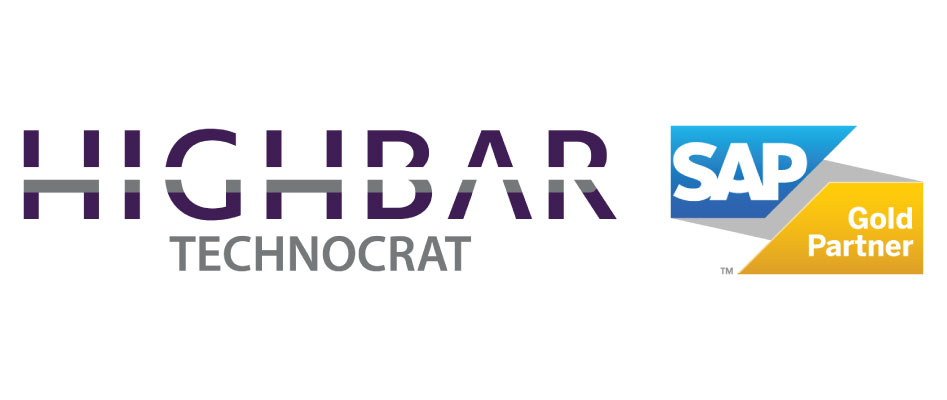What is robotic process automation?
Building, deploying, and managing software robots that mimic human interaction with digital systems and software is made simple by the robotic process automation (RPA) software technology. Software robots are capable of performing a wide range of predefined tasks, including understanding what is on a screen, making the appropriate keystrokes, navigating systems, and extracting and identifying data.
RPA can increase the productivity, adaptability, and profitability of the companies. By enabling them to provide with rapid, adaptable, and responsive service, it can enrich consumers’ experiences. Moreover, make each employee’s workday more enjoyable by eliminating monotonous routine.
Key Features
Higher precision
RPA reportedly cuts down on manual errors
Significant cost reductions
RPA accelerates substantial improvements in business metrics globally and across all sectors.
Improved resilience
In response to sudden increases in demand, RPA robots can scale up fast to match workload peaks.
3 stage path for scaling and implementing RPA solution
Creating the necessary groundwork to advance with a transformative RPA is the first step. Advantages of RPA and its ability to transition the full production should be demonstrated at this stage.
- Finish an excellent PoC
Provide the necessary evidence for management to consider before they commit.
- Create your teams and strategies.
Assemble your RPA experts together and establish your centre of excellence (CoE).
- Familiarize yourself with the technologies.
Develop your implementation framework and arm yourself with the appropriate RPA platform.
- Create a pipeline and seize more opportunities.
Choose the best projects to kick off, and then start work on them.
- Build your scorecard and get budget allocated
A scorecard will help in tracking program success and thus get management team’s attention to the progress.
Enterprise-wide scaling
In Stage 2, Focus should be on top-down, cross-enterprise opportunities where automation can significantly alter how work is accomplished. Capacity for high-scale automation management will increase as new jobs and talents are added to the team thus enabling continuous improvement.
- Pay attention to significant top-down opportunities.
Focus on improving fundamental business operations through automation.
- Increase RPA proficiency and capabilities
Utilize “intelligent automation” and bring on staff who can manage sophisticated automations.
- Increase production and throughput
Develop the capacity to manage numerous projects and the ability to take advantage of efficiencies such as automation reuse.
- Be a champion of continued development
Integrate learning loops, ongoing testing, and a reliable system for evaluating and fine-tuning performance.
Business Transformation starts when the RPA experts try to eliminate monotony and repetition from every workday. It is in how the technology automation alters the way organizations complete tasks from the top down and bottom up.
- Robots to everyone.
Robots should reach to everyone’s workstation so they can change people’s workdays, one task at a time.
- Promote robot love
Through change management and training, make sure everyone falls in love with their new digital helper.
- Expand your team of developers
Take advantage of people’s willingness to learn about automation to improve their capacity for seizing the opportunities as they arise.
- Invest in technology that values democracy.
As long as you have management and governance, make sure it can collect ideas from wherever possible.




